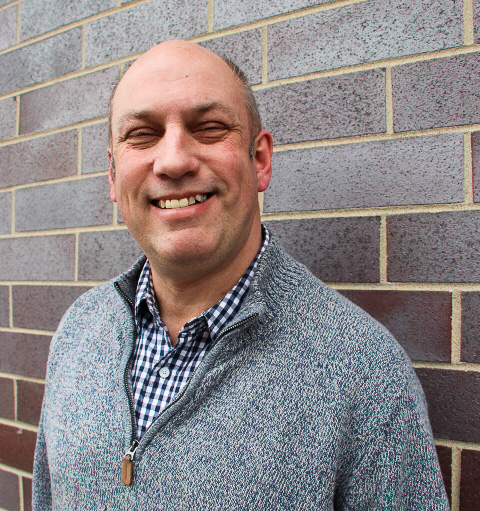Litter, heat islands, and blight: Neighborhood environments and health

When people discuss the environment, they tend to concentrate on global implications. But environmental issues impact every human on a local—and even personal—level.
For example, “heat islands” (areas that contain little green space) can harm the people who live there. Because buildings, roads, and other human-made structures hold and reflect heat, the temperature in these areas tends to stay higher, even at night.
The Environmental Protection Agency (EPA) has found that heat islands increase energy consumption (since it takes more to cool the areas). This, “in turn leads to an increase in air pollutant and greenhouse gas emissions.”
All of that can contribute to health problems, such as asthma and other lung diseases. And, when there’s a heat wave (or even just regular summer weather), people who live in heat islands are more susceptible to heat stroke, which can be fatal.
Increasing green space to increase quality of life
Keep Cincinnati Beautiful (KCB), an affiliate of Keep America Beautiful (KAB), works to “create public space assets for underserved neighborhoods,” says Jonathan Adee, Executive Director of KCB. Part of that mission includes increasing green space to reduce the heat island effect, offset carbon dioxide emissions, and prevent stormwater runoff.
For example, its Spaces to Places program converts neighborhood dead zones to “projects that can range from edible gardens and orchards to interactive plant-filled areas with benches and chess tables.”
Studies have shown that previously redlined neighborhoods “have summer surface temperature profiles that are significantly higher than other coded residential areas” and that “Black residents endure twice the urban heat island intensity of white residents.”
In Cincinnati, some of the communities that can be categorized as heat islands include South Cumminsville, Lower Price Hill, East Westwood, and Camp Washington. Adee points out that these are the same neighborhoods being targeted to reduce gun violence. “If you’re disadvantaged by ZIP code, it shows up in all kinds of different ways.”
Those who are most affected by the higher temperatures and poor air conditions of heat islands are the elderly, those who suffer from chronic disease, and children. Often, these are the individuals that Health Care Access Now serves.
Neighborhood pride and quality of life
Neighborhood beautification improves quality of life for residents. KCB’s Future Blooms program, which enhances boarded buildings through artwork “allows for communities to imagine the potential in an otherwise abandoned and unappreciated building….Our statistics show a 17% reduction in blight, a 15% reduction in crime, and a 48% increase in economic development” with the addition of public artworks.
“Cincinnati is neighborhood-centric, and each neighborhood has an identity,” Adee says. He believes it’s necessary for communities to “understand the symbolic value of pride in a neighborhood.” Often, this happens because a group of neighbors come together to make change, such as organizing a neighborhood clean-up.
KAB states on its website that “[l]itter is costly to clean up, impacts our quality of life and economic development, and eventually ends up in our waterways and oceans.” Like Adee says, “Litter attracts more litter.” And it can affect health, too. He talks about how abandoned tires act as “incubators of disease. There’s no better way to grow bacteria than warm water in an abandoned tire.”
Adee says KCB is “resurrecting and repackaging the ‘Don’t Trash the ‘Nati’ campaign from several years ago.” When people are vocal about not littering, “that makes it socially stigmatic. Fines don’t [change behavior]. It works when people take ownership of their neighborhood.”
The next generation of citizens
KCB works with children in Cincinnati Public Schools not only to change their surroundings for the better, but to help them learn about the impact of the environment on their lives. Adee says they empower students to create sustainability clubs and teach material directly to their peers.
“The composition of people most likely to be contributing to litter problems is in the 15-25 age group,” he says. KCB provides customized educational messages based on age group, which includes “field trips, videos, and discussion guides at grade level,” all on a specific website for educators.
Living in a harsh environment has a direct effect on its citizens. Blight, heat islands, and litter are all correlated to health problems, both mental and physical. Organizations like KCB increase health by improving the environment in which people live.







